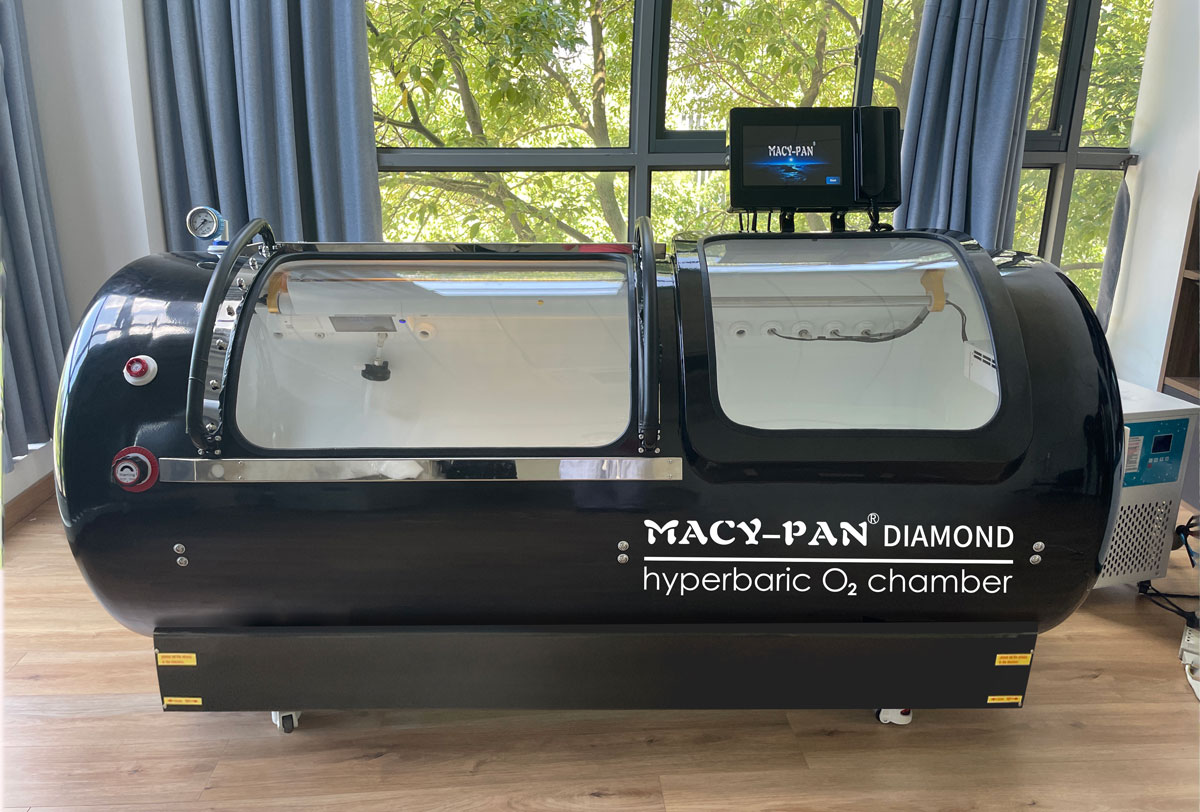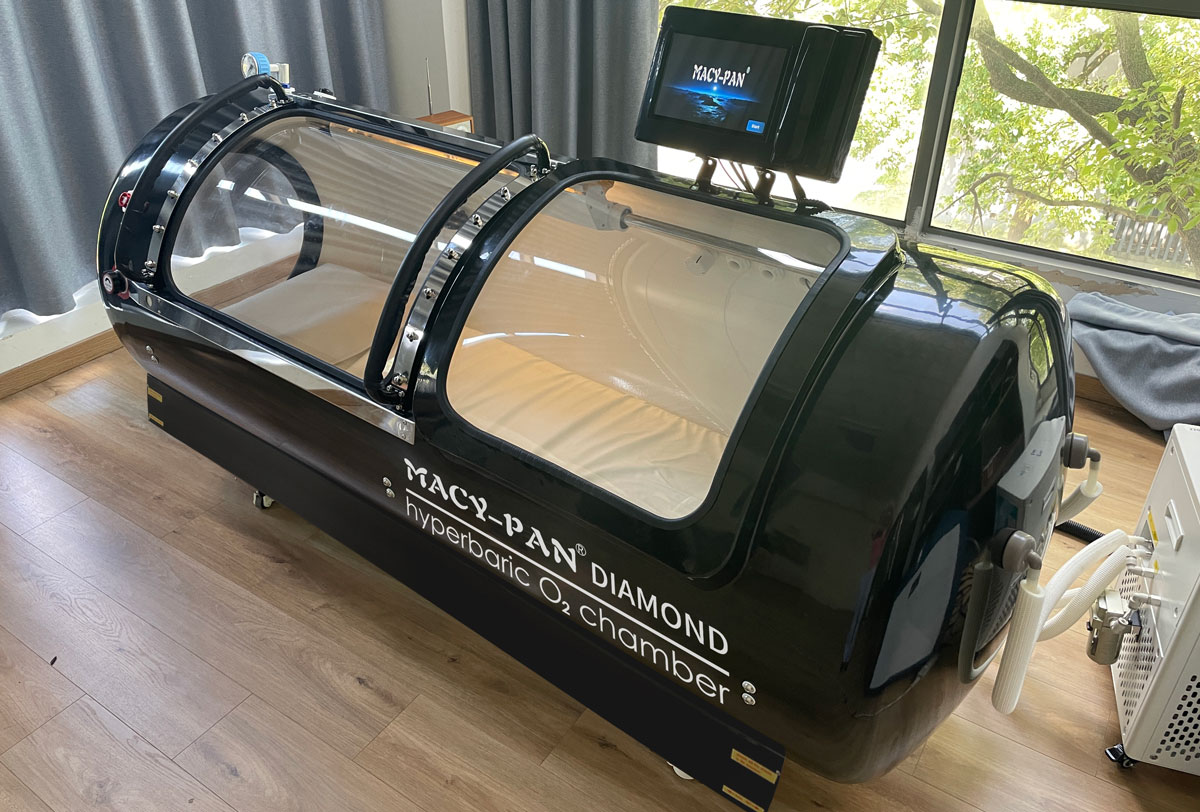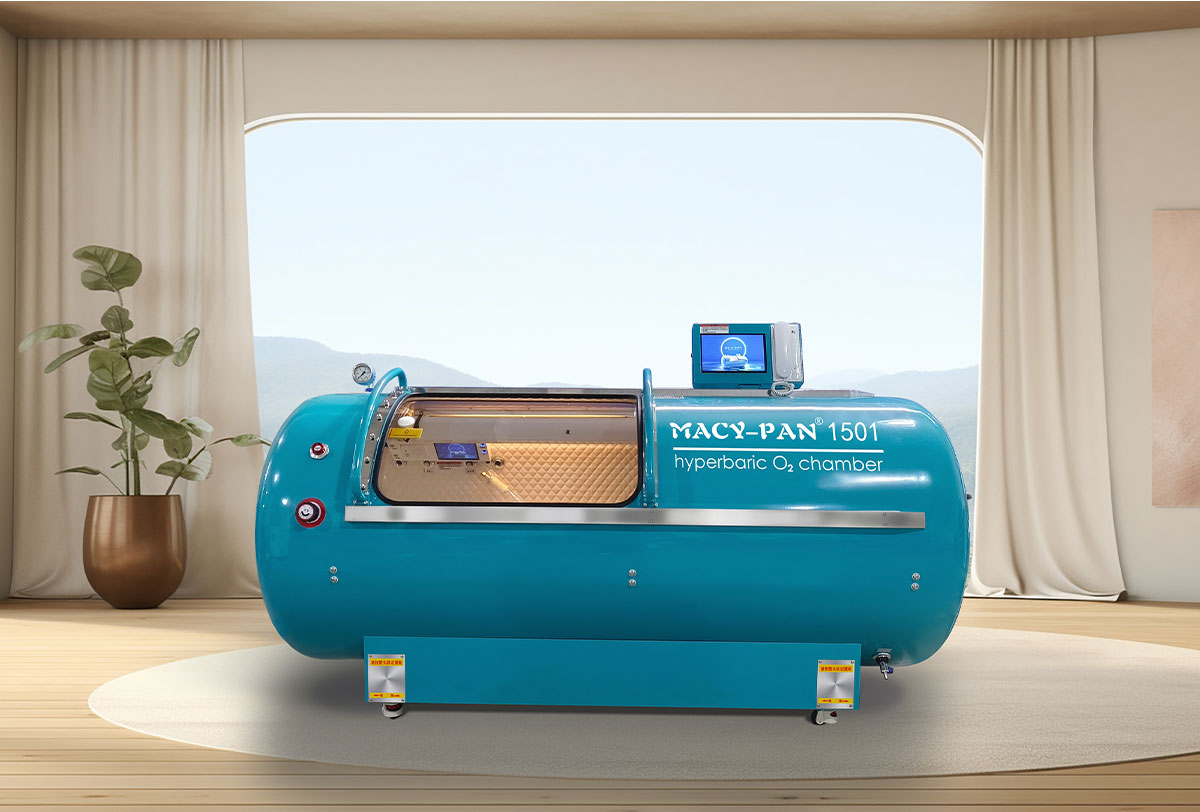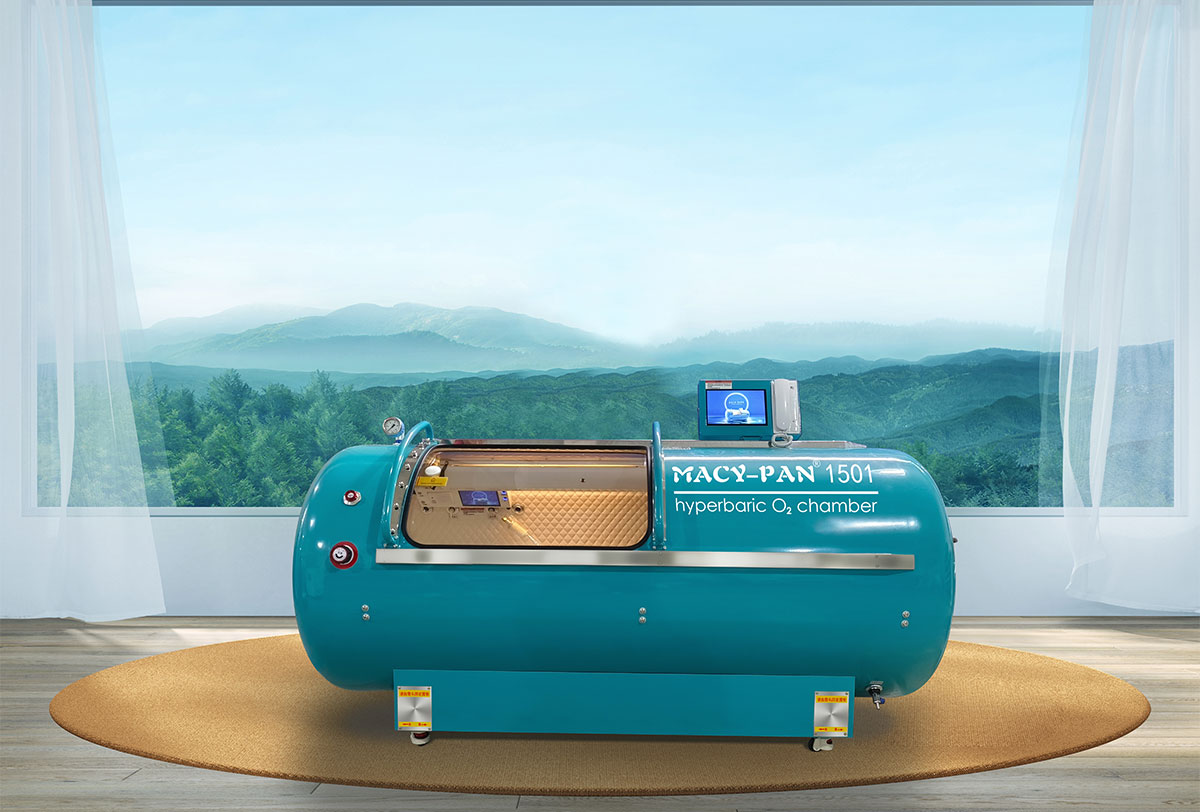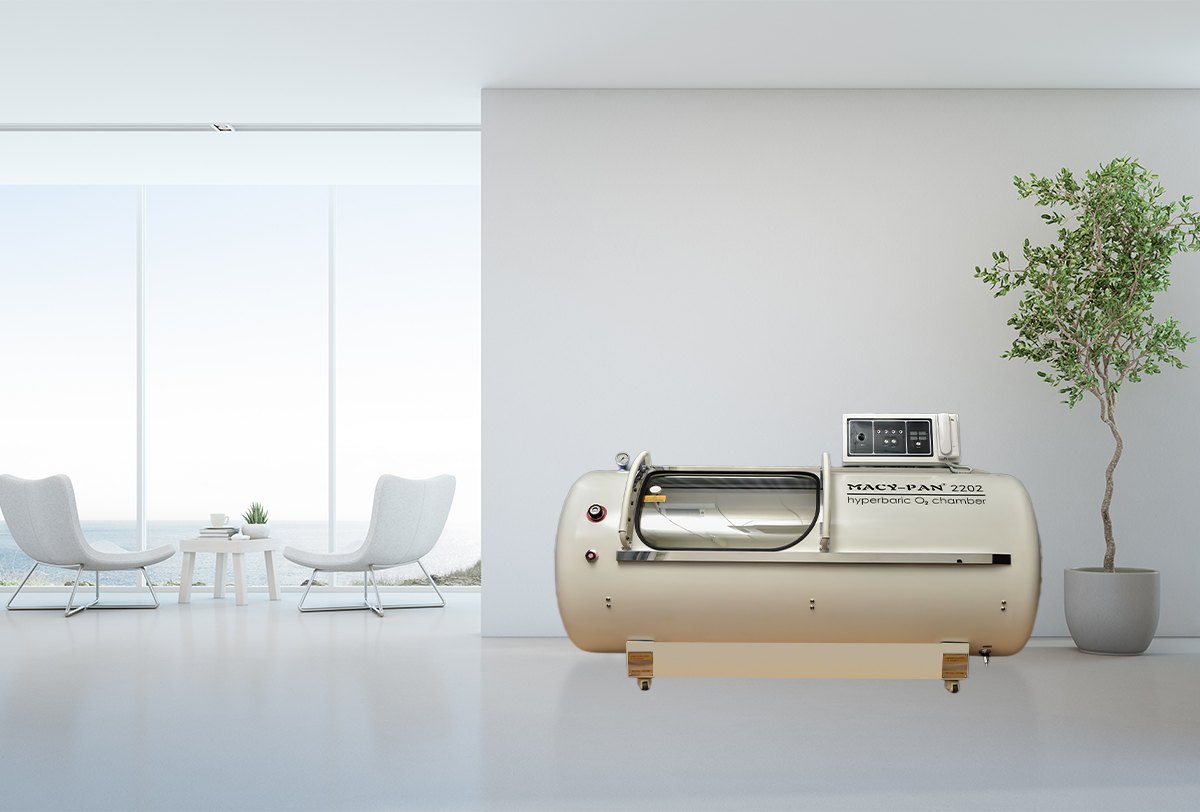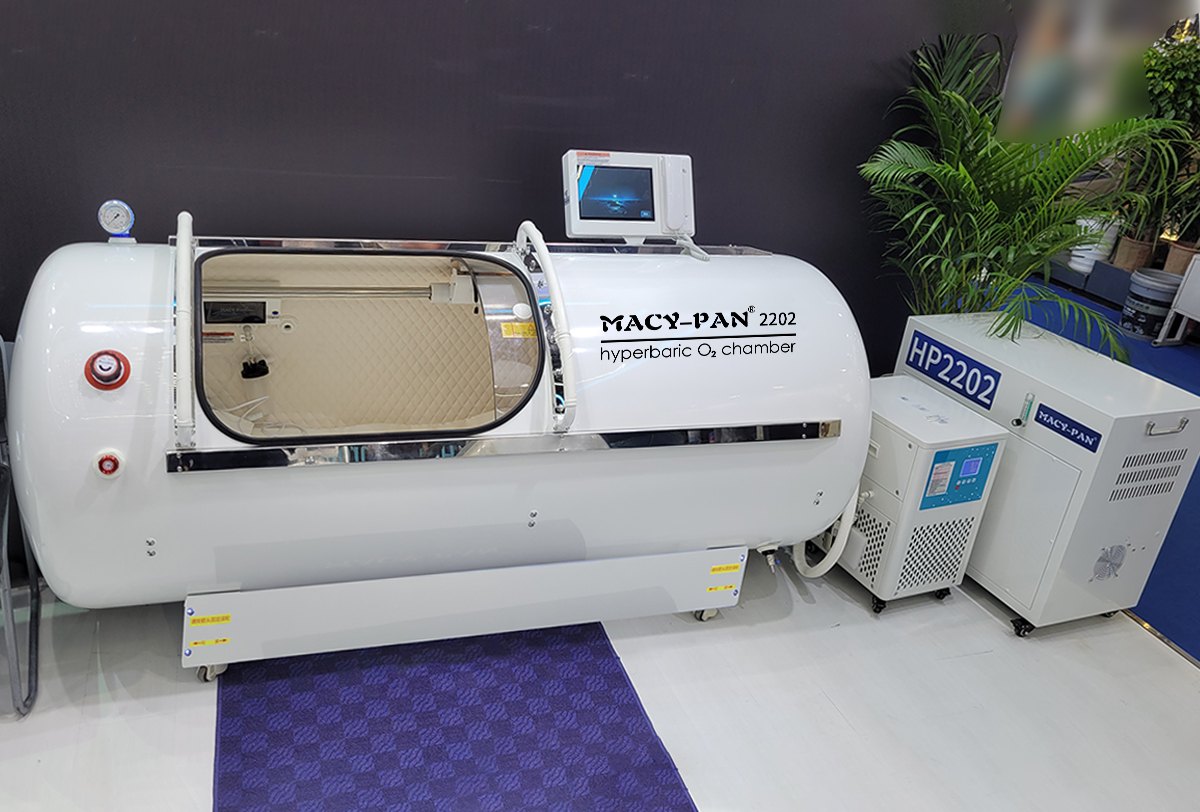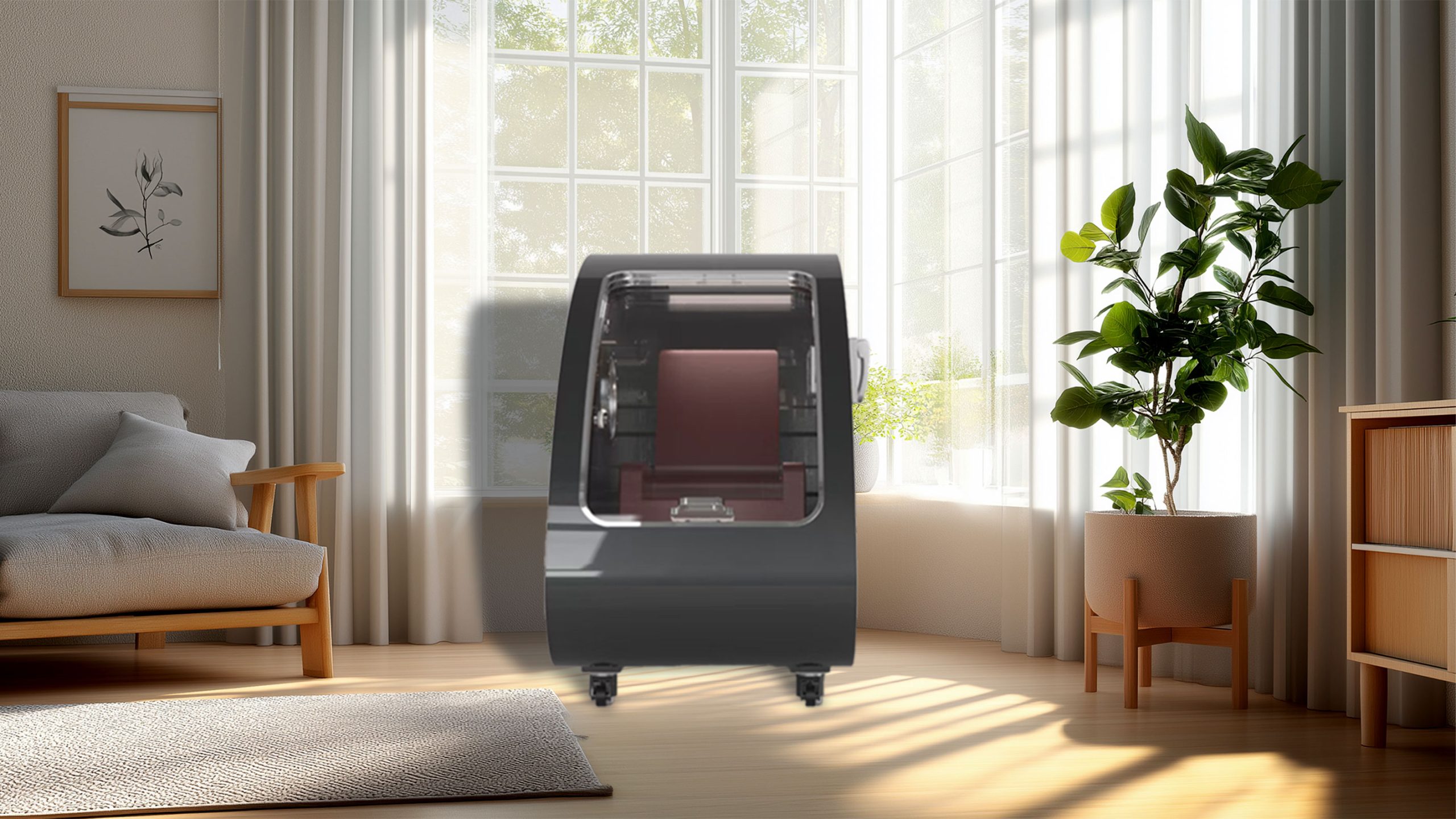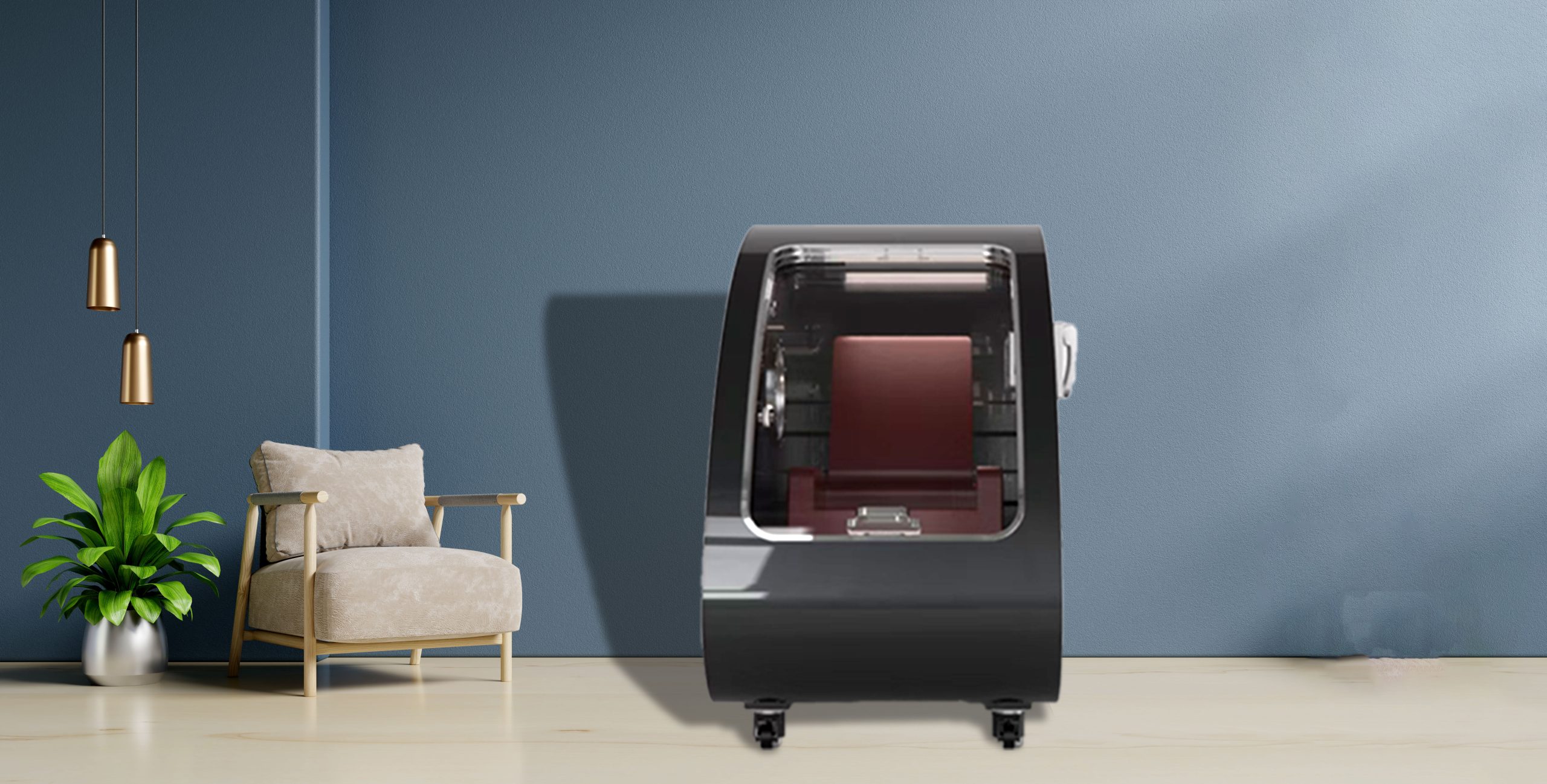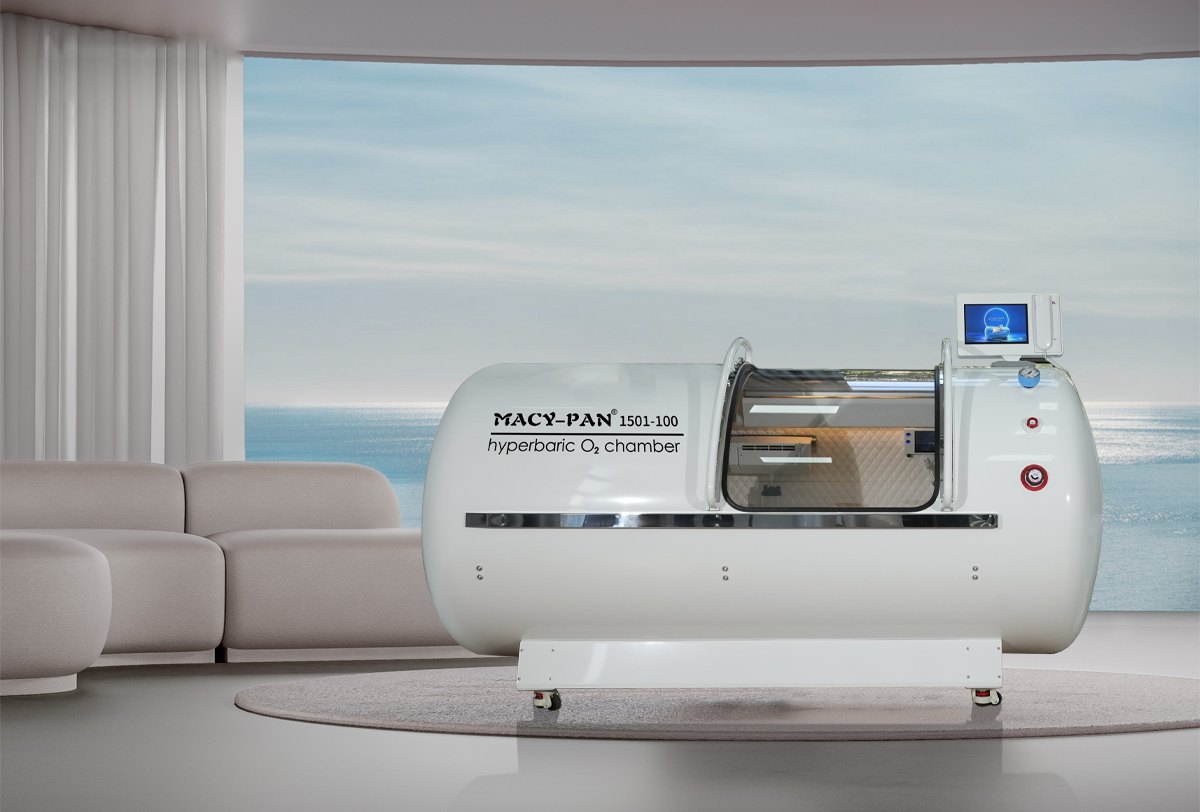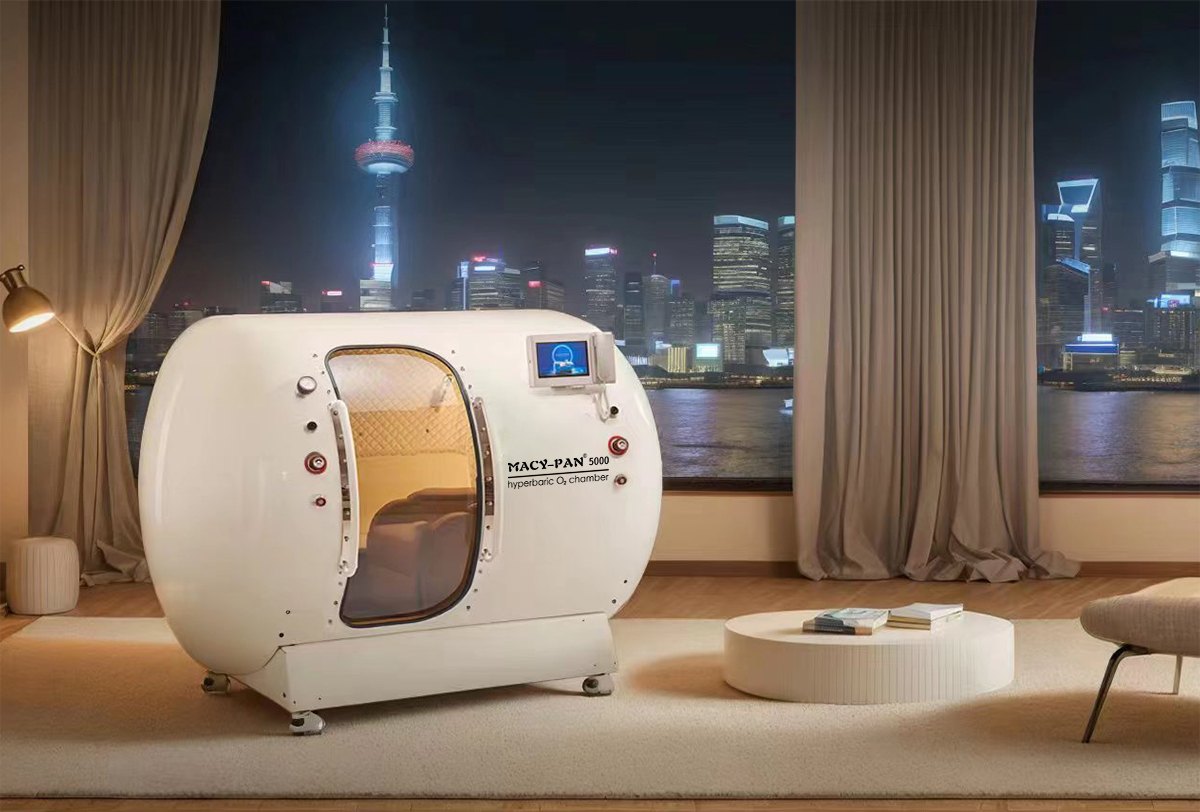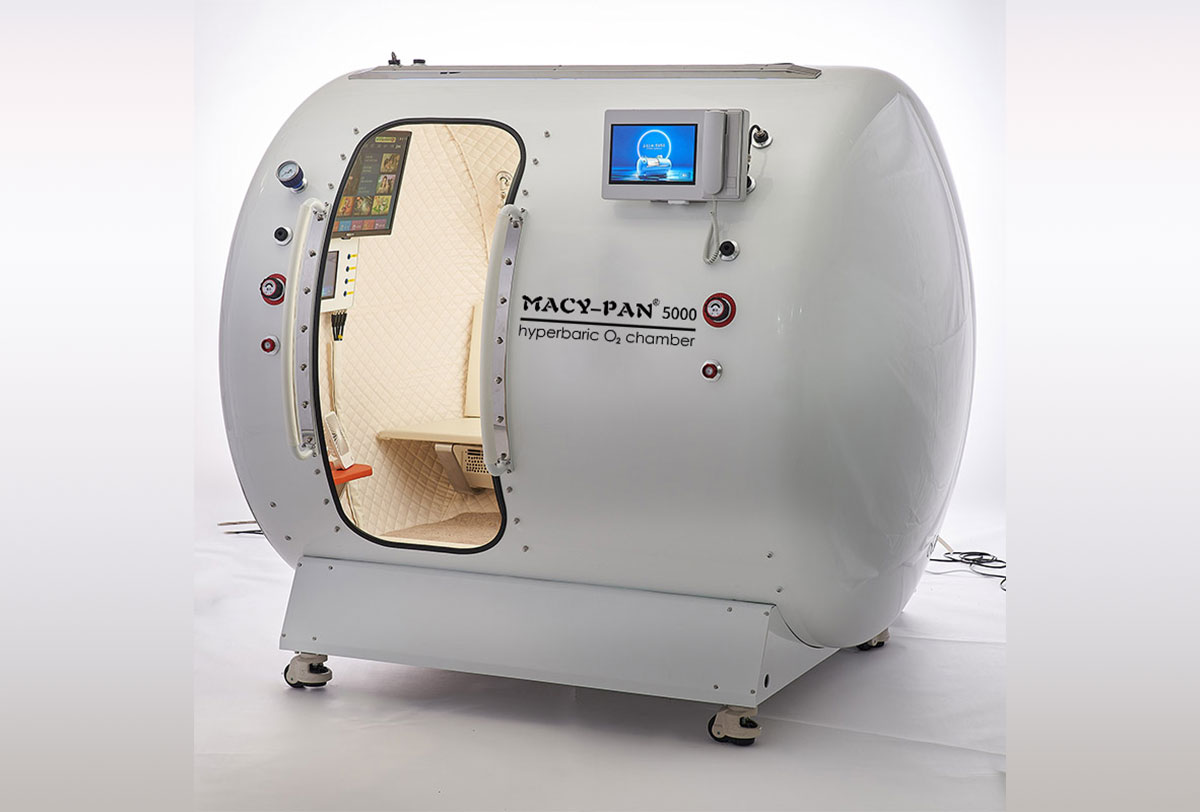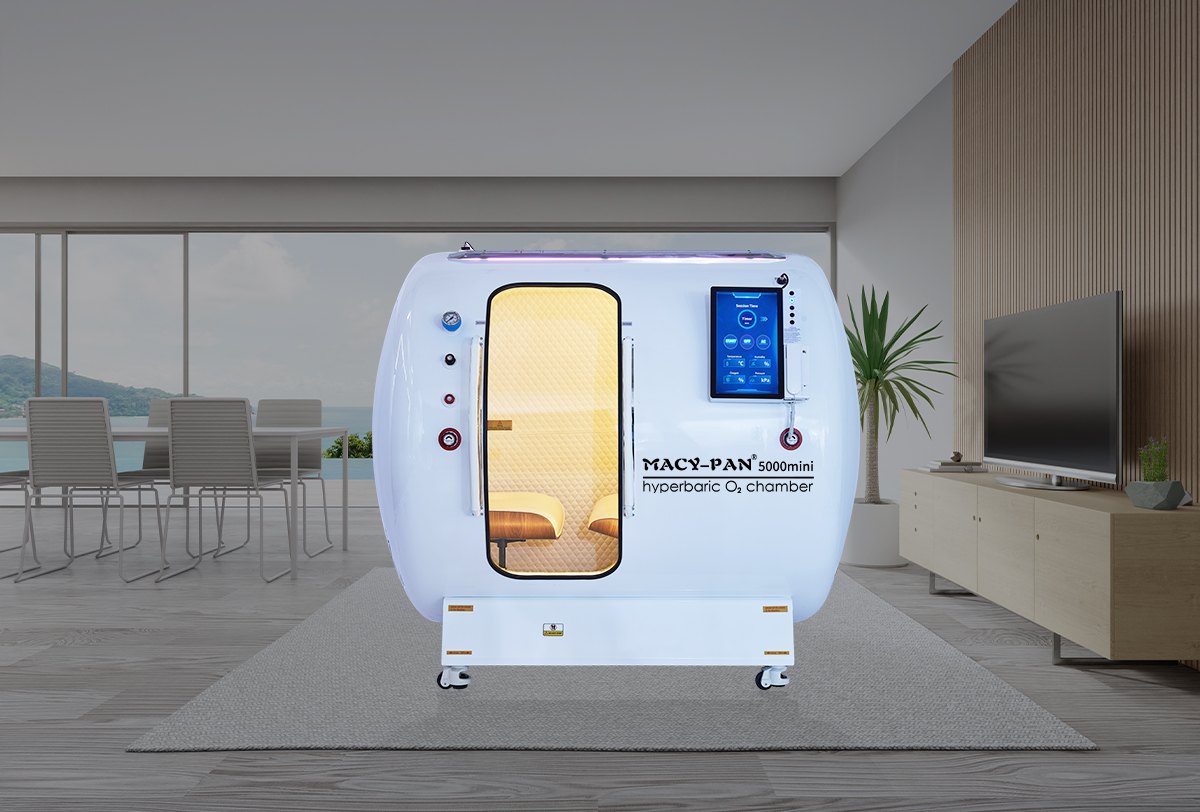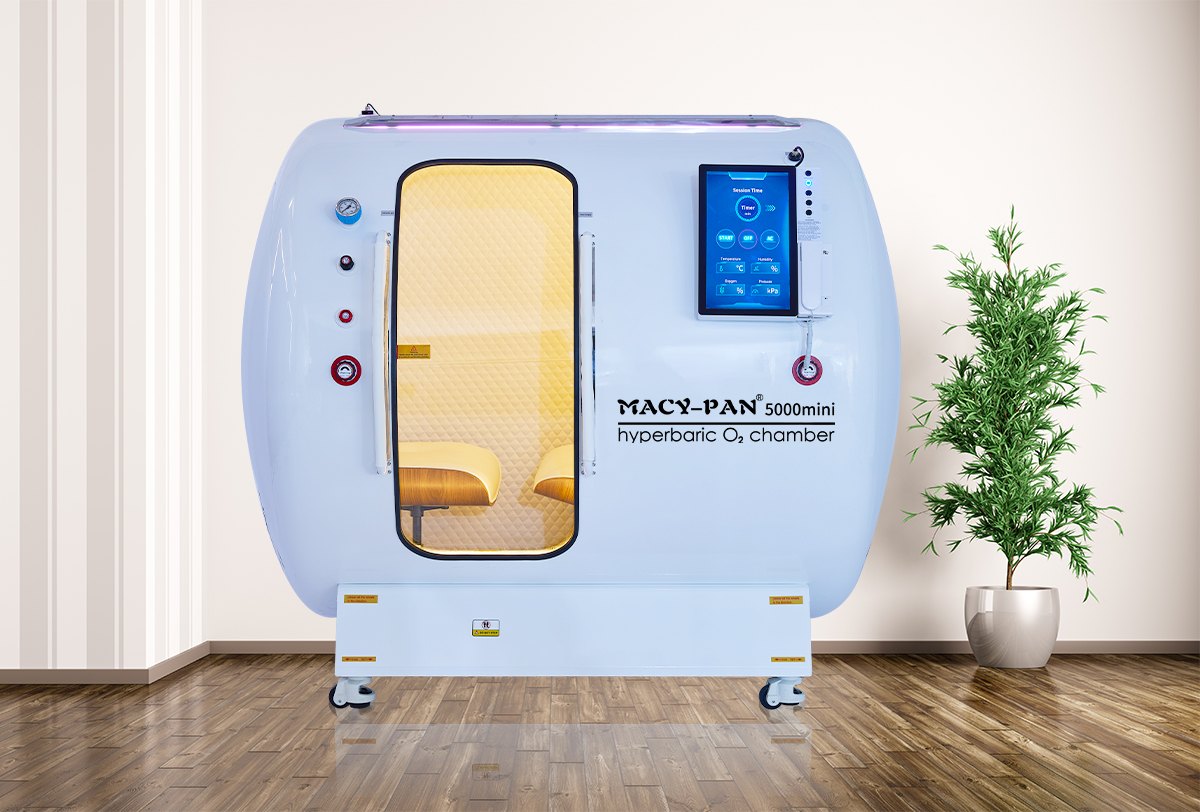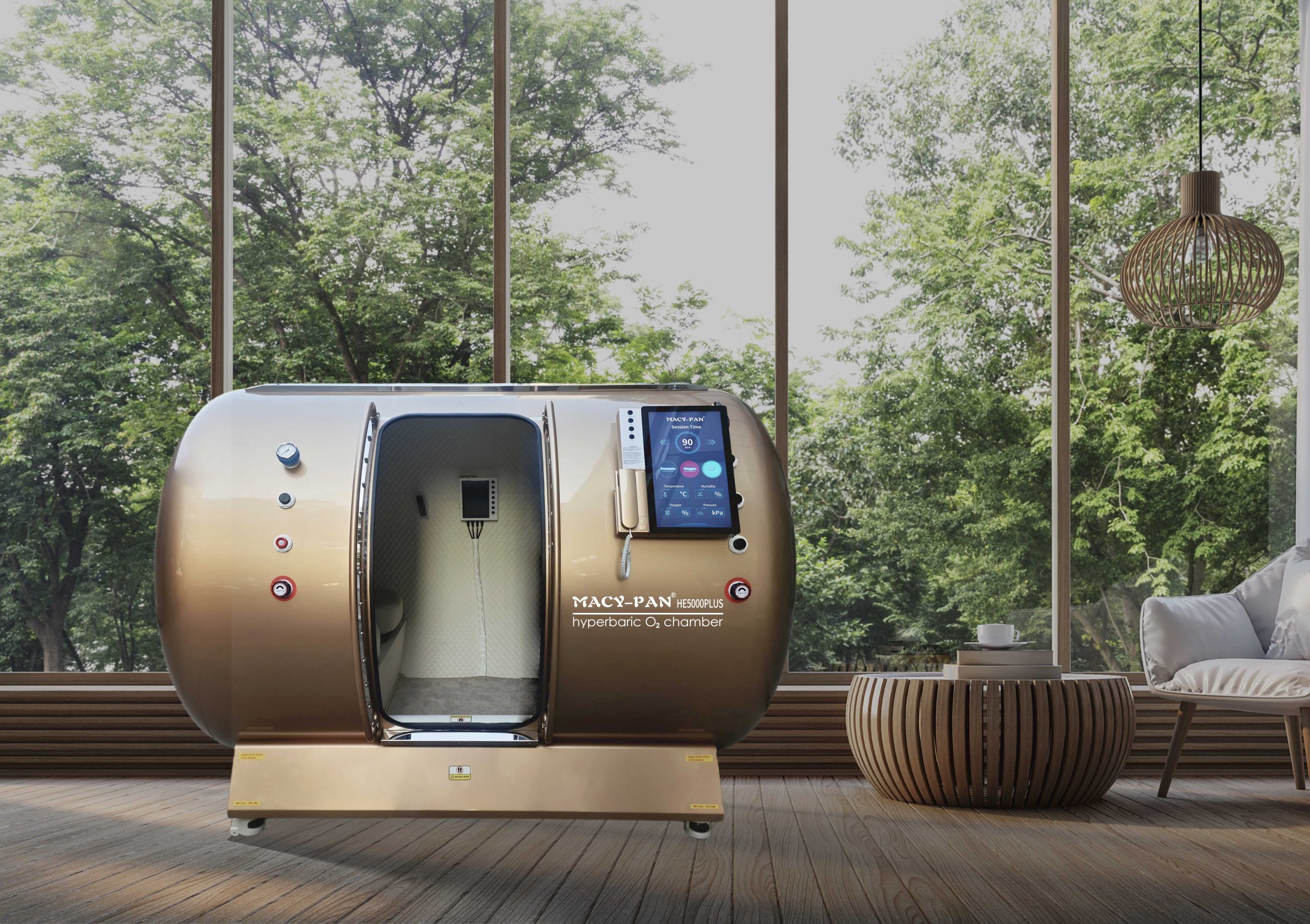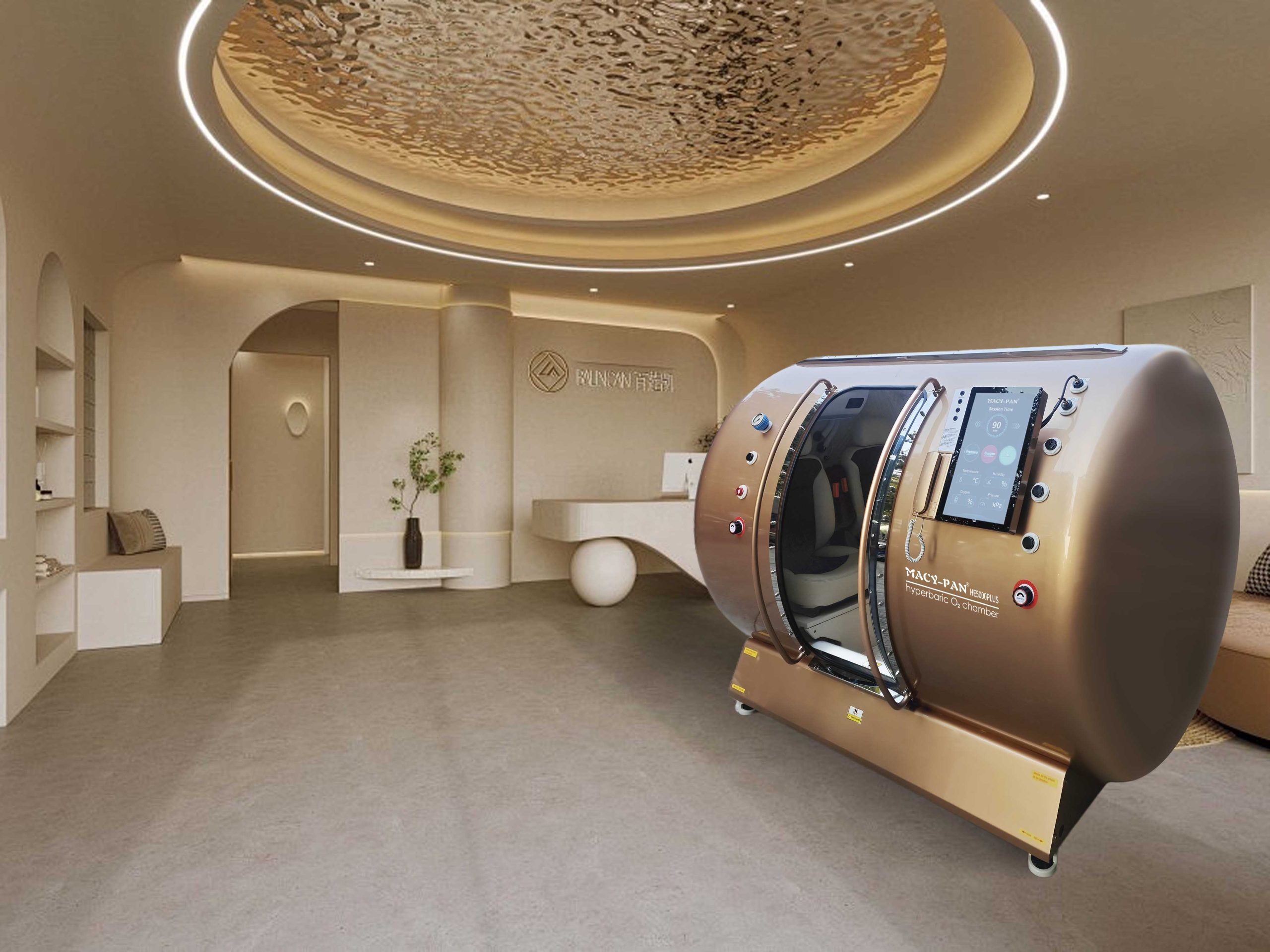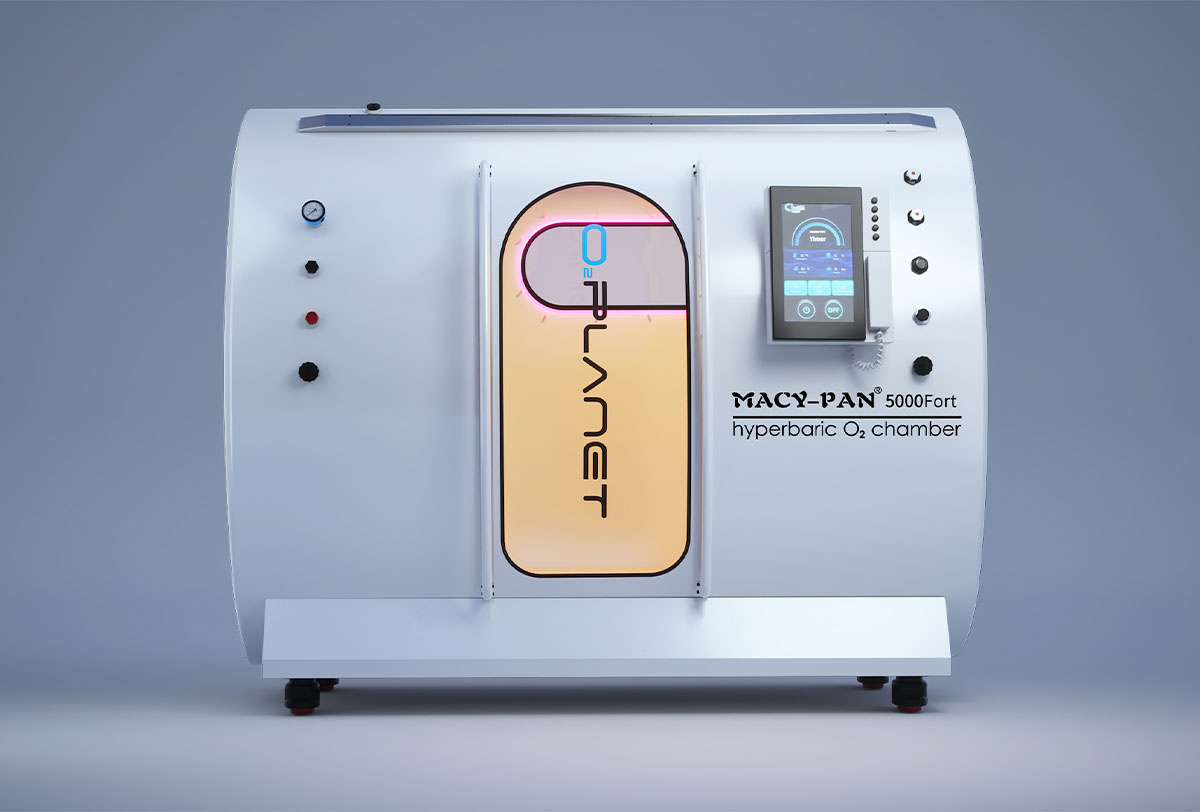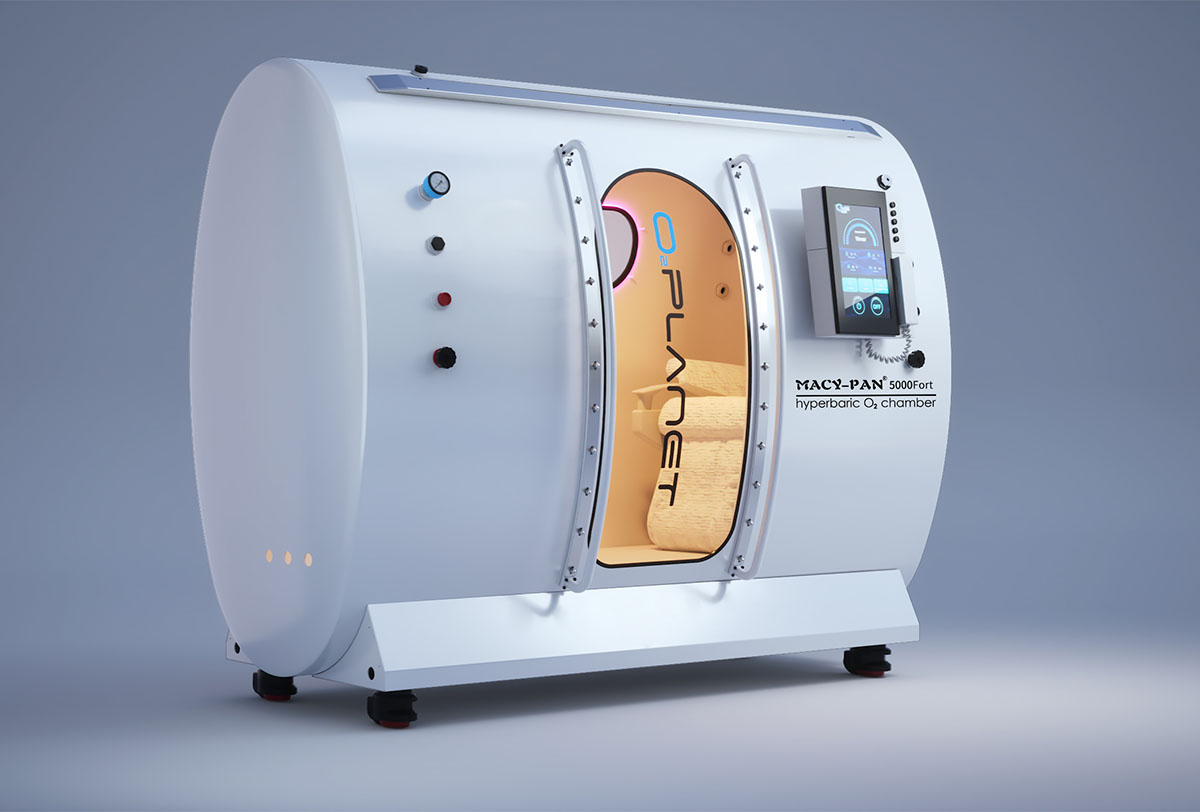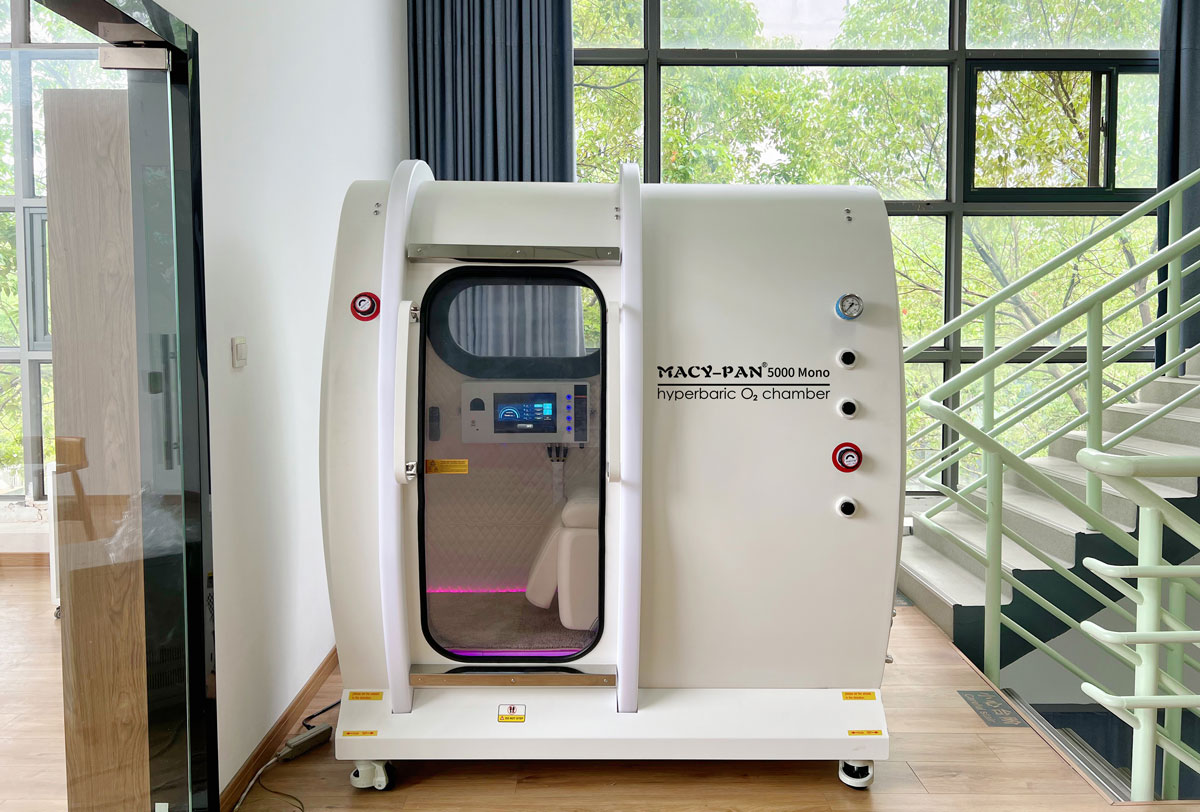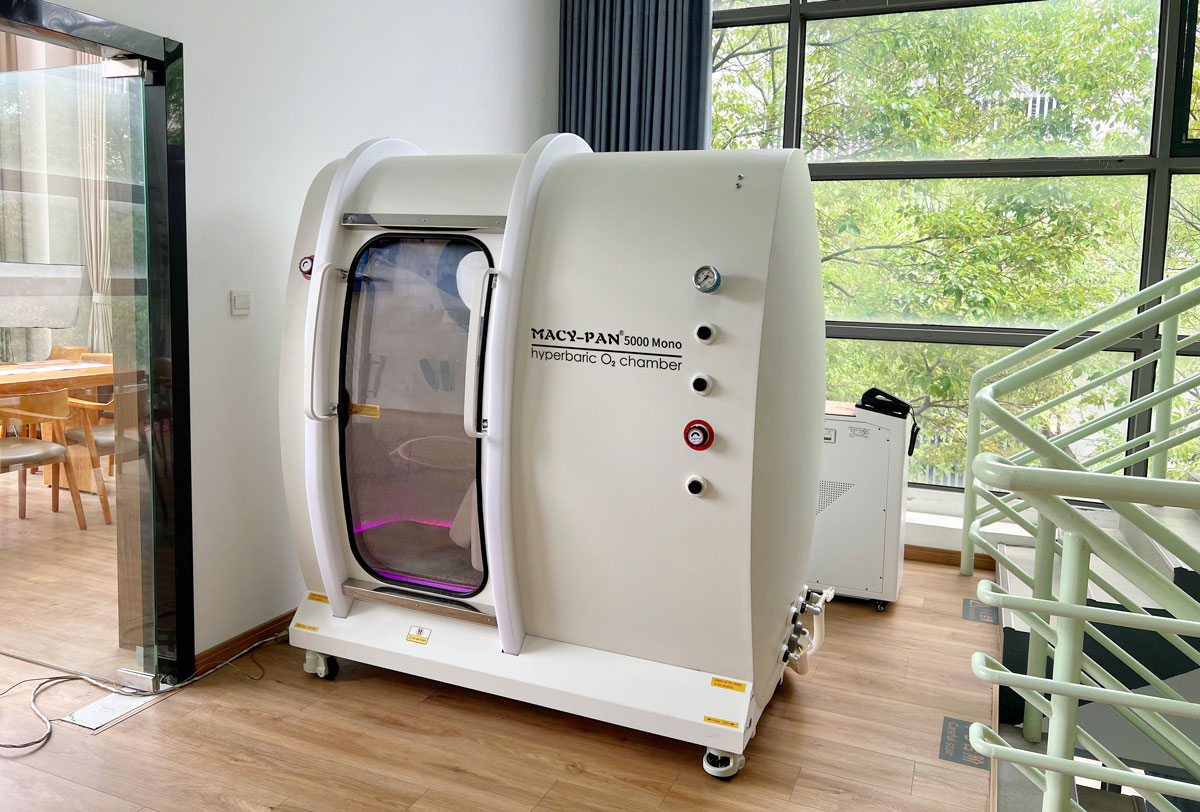Persistent Dizziness Troubles You? Home Hyperbaric Oxygen Chambers Bring New Hope for Recovery!
2025-08-08“Every dizzy spell feels like sitting on a spinning chair out of control—even opening my eyes takes courage.” Ms. Zhang, 52, described her dizziness caused by cervical spondylosis with a trembling voice. After trying various medications with limited results, she underwent hyperbaric oxygen therapy (HBOT) on her doctor’s recommendation. Following 10 sessions, her six-month-long dizziness finally eased.
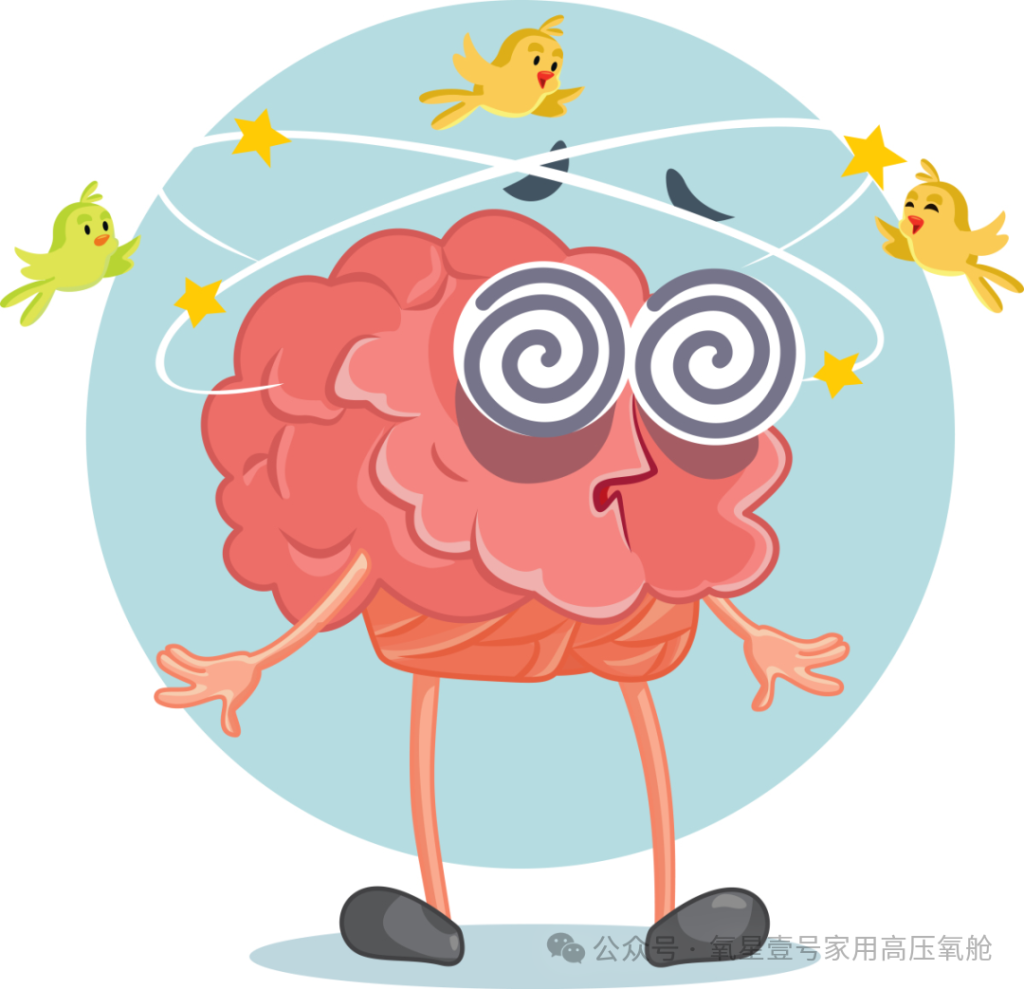
Ms. Zhang’s experience is not unique. Data shows that among people aged 65 and older in China, the incidence of dizziness reaches 57% in women and 39% in men. With the rise of smartphone users and night owls, the rate among younger groups is also climbing rapidly. In the face of this health challenge, hyperbaric oxygen therapy has demonstrated remarkable experimental value.
What Is Hyperbaric Oxygen Therapy?
Definition: Breathing high-concentration oxygen in a pressurized chamber at 1.2–1.5 times atmospheric pressure, breaking the physiological limits of normal oxygen inhalation.
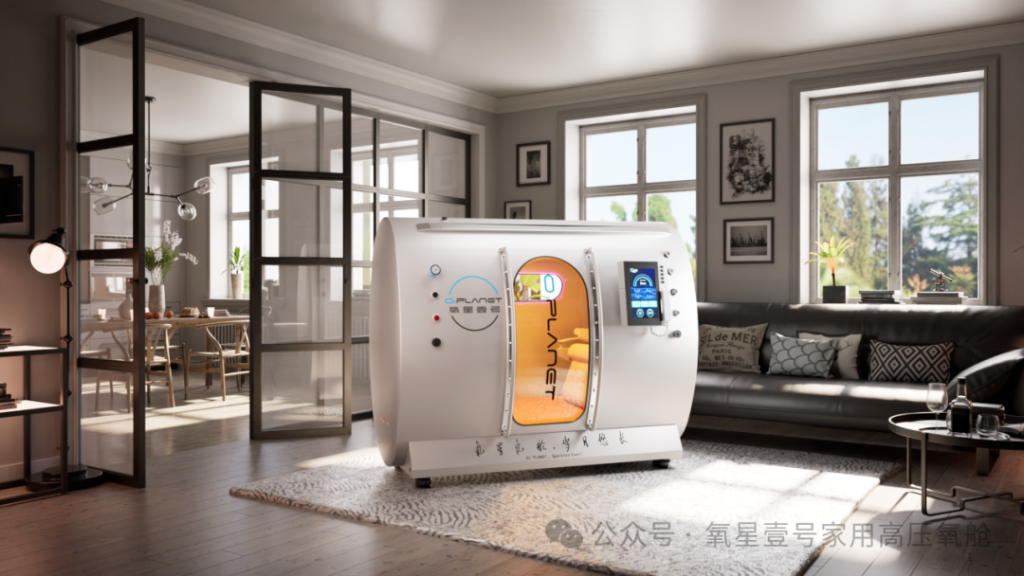
Key Breakthroughs:
·10-fold increase in dissolved oxygen: High pressure forces oxygen directly into plasma (independent of hemoglobin), penetrating oxygen-deprived tissues.
·Cellular power reboot: Boosts mitochondrial ATP production efficiency by 300% (confirmed by Cell Metabolism 2020).
·Repair signal activation: Stimulates stem cell migration and vascular endothelial growth factor (VEGF) release.
Limitations of Conventional Therapies
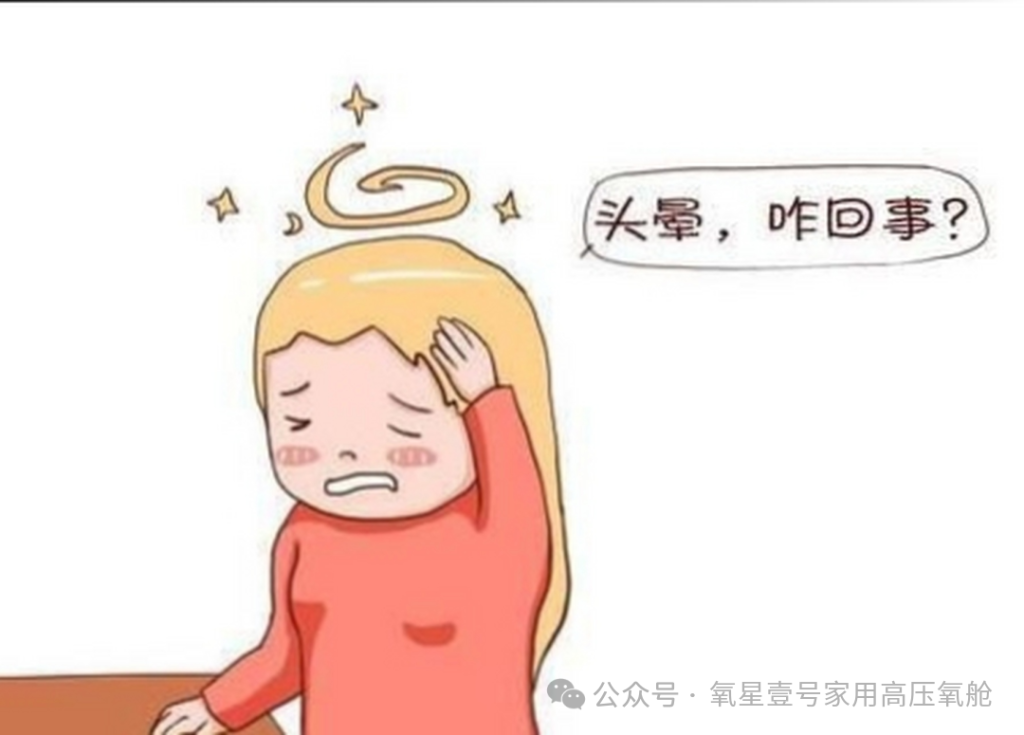
Current dizziness treatments rely mainly on medications, including vasodilators (e.g., nimodipine), neurotrophic agents, and vestibular inhibitors, but they have significant drawbacks:
·High recurrence rate: 71% of cervical vertigo patients relapse within three months after drug treatment alone.
·Incomplete symptom relief: Medications show limited improvement for accompanying symptoms like tinnitus and hearing loss.
·Delayed efficacy: Drug treatments take 2–3 days longer to take effect compared to HBOT.
·Side effects: Long-term use of vestibular inhibitors may cause drowsiness, dry mouth, and other adverse reactions.
Clinical studies show that the dizziness remission rate with drug treatment alone is only 47%, while combining it with HBOT increases the rate to 78%—a significant difference.
Four Mechanisms of HBOT in Resolving Dizziness
- Improves Inner Ear Microcirculation
Under 1.2–1.5 ATA pressure, blood oxygen partial pressure increases multiple times, expanding oxygen diffusion distance. This ensures adequate oxygen supply to the hypoxic inner ear labyrinth, normalizes vascular permeability, and reduces inner ear edema, breaking the “hypoxia-edema-worsening hypoxia” vicious cycle.
2、Restores Vertebrobasilar Artery Blood Supply
With perseverance as the foundation, it means that in the Year of the Snake, no matter what challenges we face, we hold firm to our original intentions and never give up easily. Innovation at this moment requires us to seize the present and actively seek change.
3、Optimizes Hemorheology
Post-treatment, red blood cell deformability improves, and blood viscosity decreases. Red blood cells can smoothly pass through capillaries, eliminating “blood sludge” and relieving microcirculation disorders.
4、Neural Function Remodeling
HBOT promotes mitochondrial function recovery in damaged nerve cells, accelerates ATP synthesis, and provides energy for the repair of vestibular nuclei and neural pathways.
References:
“Analysis of the Clinical Efficacy of Transcranial Magnetic Physiotherapy, Acupuncture, and Hyperbaric Oxygen Combined for Cervical Vertigo”
“Clinical Efficacy and Mechanism of Hyperbaric Oxygen Combined with Betahistine in Treating Benign Paroxysmal Positional Vertigo”
“Clinical Efficacy of Hyperbaric Oxygen on Cerebral Arteriosclerotic Vertigo”
“Efficacy Analysis of Hyperbaric Oxygen Combined with Edaravone in Treating Post-Traumatic Brain Injury Vertigo”
A New Era of Home Oxygen Therapy
Traditional medical hyperbaric oxygen chambers require hospital visits and long waits, but the emergence of home hyperbaric oxygen chambers has changed this landscape.
·Flexible use: 60–90 minutes daily
·Suitable for: Daily cervical discomfort, cerebral ischemia, and long-term desk workers
For busy dizziness sufferers, home oxygen chambers make “oxygen therapy anytime, recovery at home” a reality.
Morning sunlight streams through the window as Ms. Li completes a 60-minute session in her home OxyStar One oxygen chamber. Once forced to quit her job due to recurrent dizziness, she has now returned to work. With technological advancements, hyperbaric oxygen chambers have moved from hospitals to homes, allowing more dizziness patients to experience cutting-edge recovery without leaving their homes.
The OxyStar One home hyperbaric oxygen chamber makes every breath a new beginning in regaining balance—dizziness is not the end of life but the start of a new equilibrium.

Hey, I’m Macy-Pan
1# Hyperbaric Oxygen Chamber Manufacturer in China. 18 years of industry experience. 126 countries and regions reached


